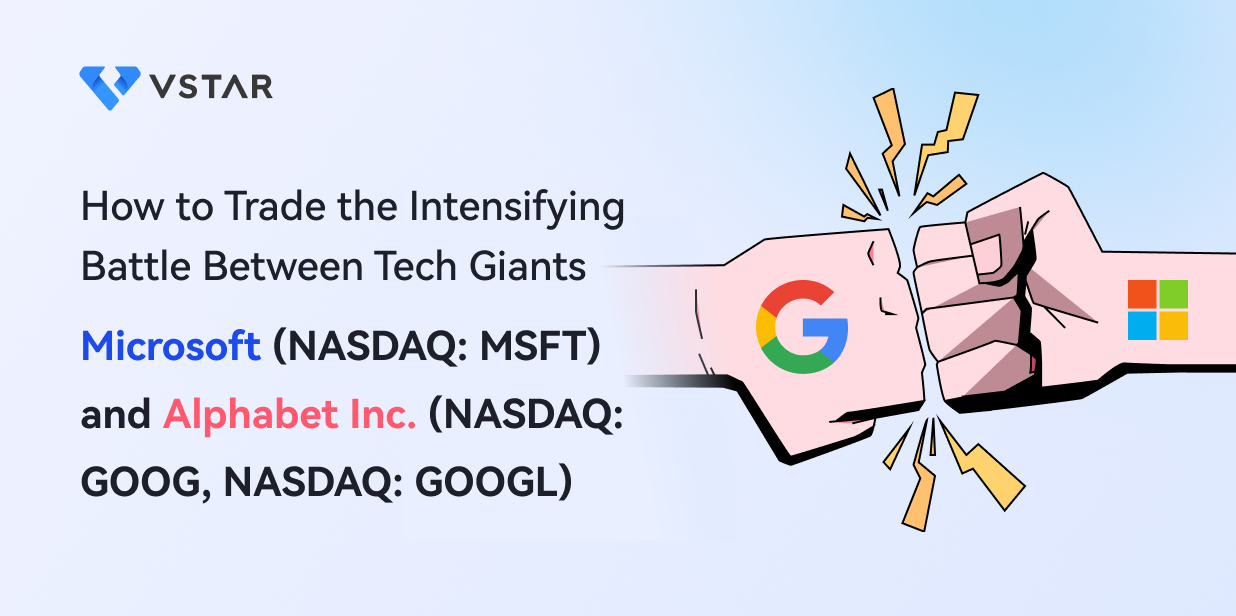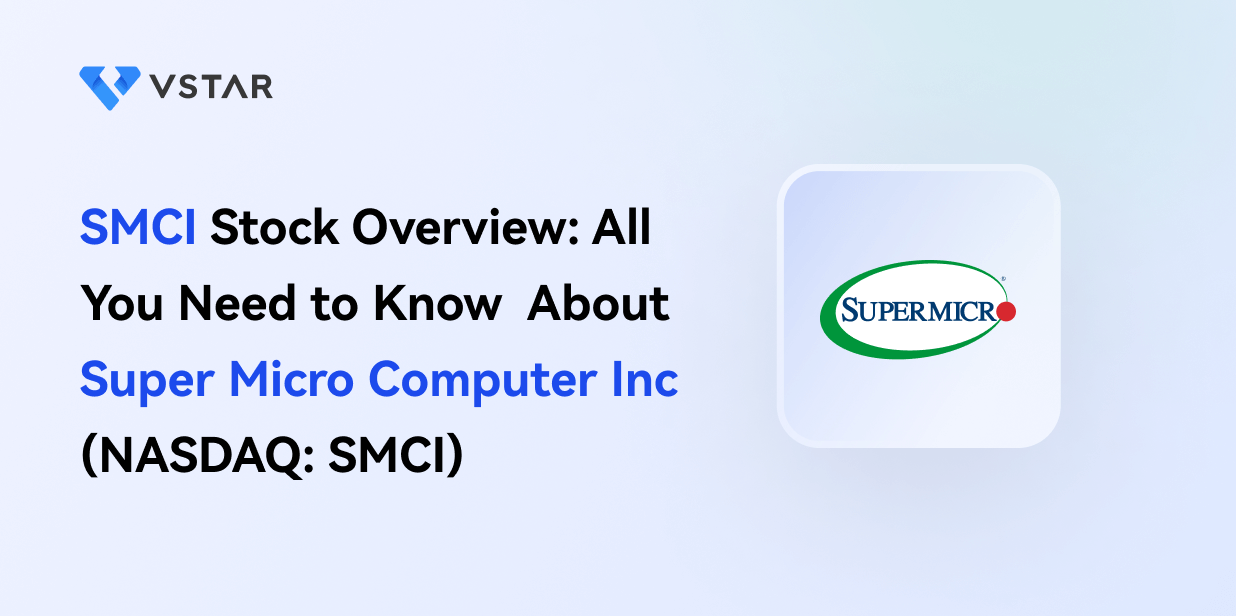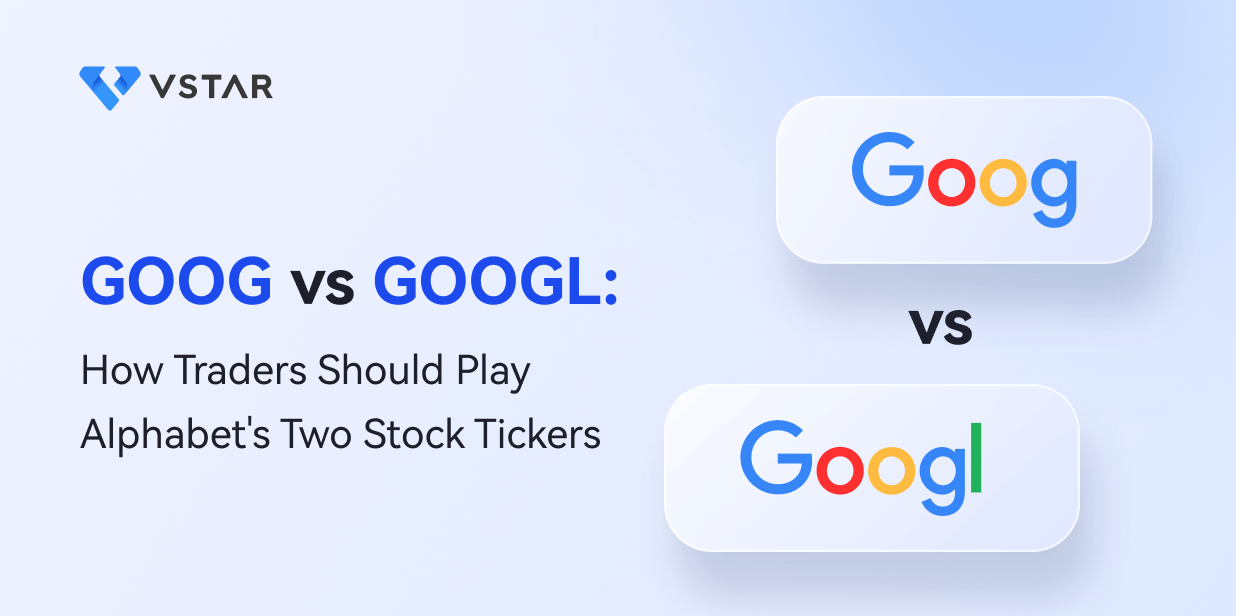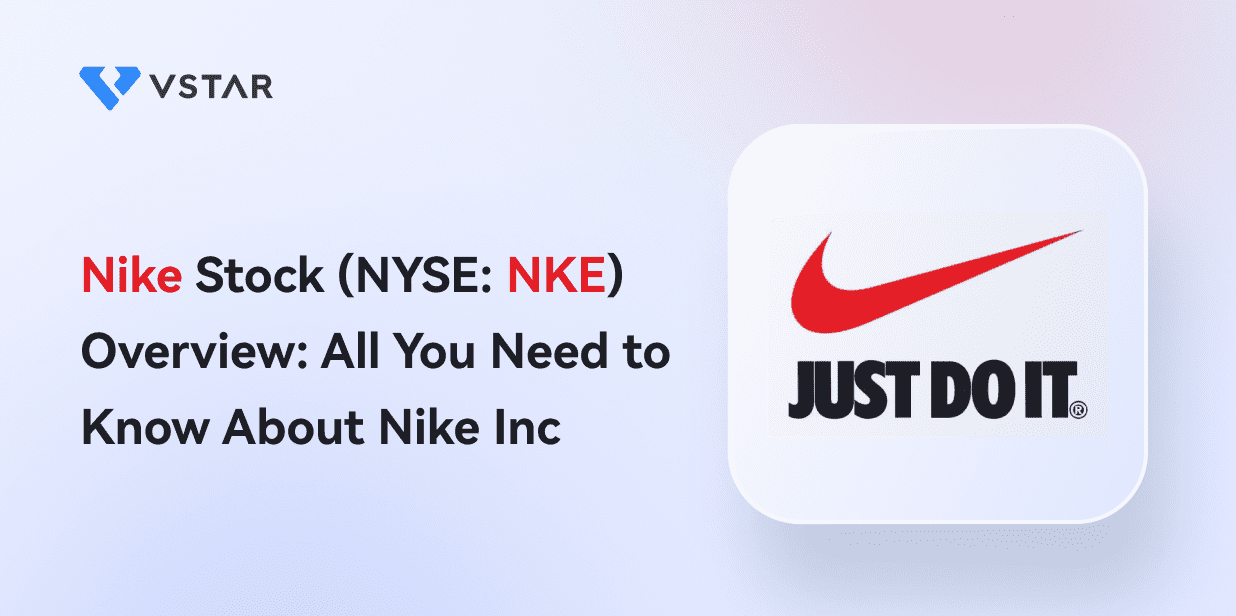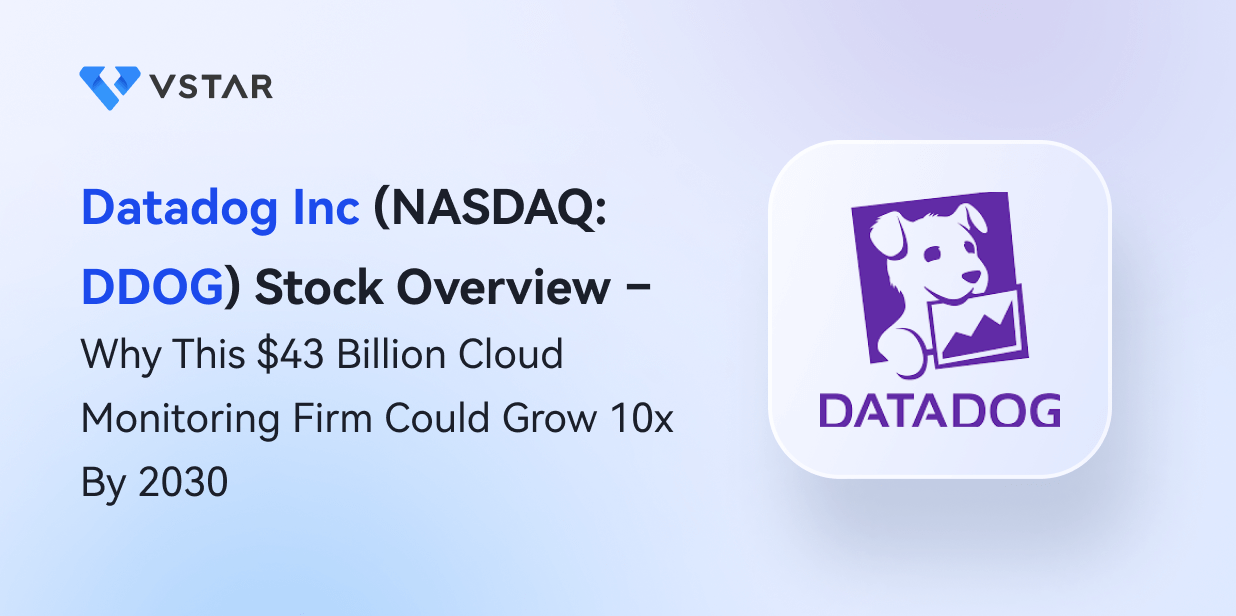Microsoft (MSFT) and Alphabet (GOOG, GOOGL) dominate the stock market as mega-cap tech companies. With over 700% growth in the past decade, Microsoft's market cap is $2.3 trillion, while Alphabet's is $1.5 trillion. Microsoft excels in workplace software and ventures into profitable businesses like Azure and LinkedIn. Meanwhile, Alphabet leads the search and online advertising markets. This article compares their business models, products, advantages, growth opportunities, risks, and valuation. It also introduces VSTAR, a regulated trading platform for trading Microsoft and Alphabet stocks with low fees and high liquidity. Whether an investor or trader, this article aids decision-making about these tech giants.
A Brief Overview of Microsoft and Alphabet (Google)
Microsoft and Alphabet are two major tech giants with diverse yet overlapping business models. Microsoft focuses on software development and licensing, offering products like Windows, Office, Azure, LinkedIn, and Xbox. They also sell hardware devices such as Surface tablets, laptops, PCs, gaming consoles, and accessories. Microsoft's primary revenue comes from its Intelligent Cloud segment, including Azure, Windows Server, SQL Server, and cloud-based services. The More Personal Computing segment encompasses Windows, devices, gaming, and search advertising, while the Productivity and Business Processes segment includes Office, Dynamics, LinkedIn, and productivity tools.
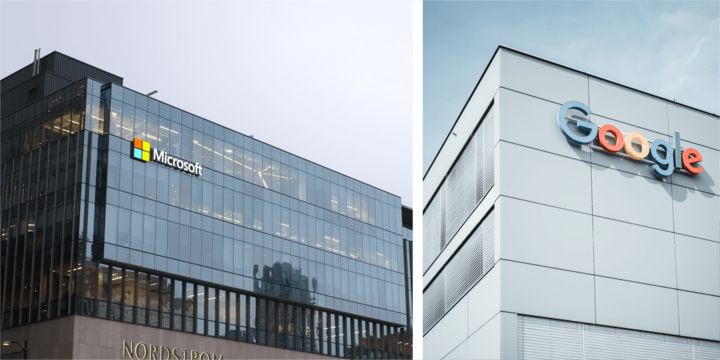
On the other hand, Alphabet primarily provides online platforms and services that generate revenue through advertising and fees. Its main subsidiary, Google, dominates the search engine market and offers various popular products like Chrome, Google Cloud, YouTube, Android, Gmail, Google Maps, Google Play, Google Photos, and Google Assistant. Alphabet owns other businesses under the "Other Bets" segment, including Waymo, Verily, Loon, Wing, and Fitbit.
Most of Alphabet's revenue comes from the Google Services segment, which covers search and advertising services. Google Cloud is its second-largest segment, offering Google Cloud Platform, Google Workspace, and other cloud-based services. The third segment, Other Bets, comprises non-Google businesses.
Microsoft and Alphabet are highly valuable and influential tech companies competing in key markets like cloud computing, AI, online advertising, productivity software, mobile operating systems, video streaming, gaming, and self-driving cars. The outcome of their battle has implications for innovation, consumer experience, regulations, and financial performance. To capitalize on this rivalry, traders should understand each company's strengths, weaknesses, strategies, growth potential, challenges, valuation, and stock trends.
Microsoft and Alphabet (Google) Compete for Dominance in Key Markets
The Battle for Search Engine Dominance
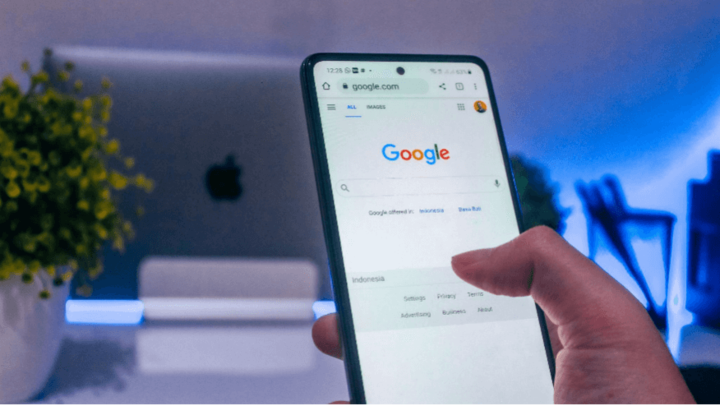
Google and Microsoft compete for the global search engine market, affecting their advertising revenue. Google leads this market with its Google search engine and Chrome browser, which have a market share of 92.63% and 65.74%, respectively, as of April 2023. Google’s search and other services revenue was $40.4 billion for Q1 2023, accounting for 57.8% of its total revenue. Microsoft’s main product in this market is Bing, which has a market share of 2.79% and gets integrated with its Windows, Office, and Cortana products. Microsoft’s search advertising services revenue was $3.05 billion in Q1 2023, accounting for 4% of its total revenue. Microsoft also licenses Bing’s technology to companies like Yahoo and Verizon Media. Both companies are investing in improving their search engines with AI-powered features and expanding their content partnerships. Both companies face regulatory and antitrust challenges in this market, especially in Europe and the U.S.
Productivity Software and Cloud Computing Competition
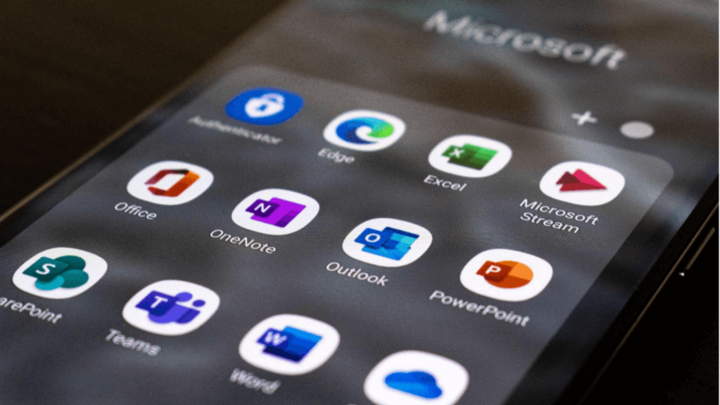
Google and Microsoft compete for the productivity software and cloud computing market, which enable users to work more efficiently and flexibly. Productivity softwares are applications for creating and collaborating on documents, such as word processing, spreadsheets, presentations, email, and calendars. Cloud computing are services for delivering computing resources over the internet, such as servers, storage, databases, networking, software, analytics, and AI. Both markets generate significant revenue streams for both companies.
Microsoft’s leading products in this market are Office 365 and Azure. Office 365 is a subscription-based service with popular applications like Word, Excel, PowerPoint, Outlook, Teams, and OneDrive. It has a market share of 45.46% for office suite technologies as of February 2023. Azure is Microsoft’s cloud platform that offers a range of services for building and managing applications and data in the cloud. It has a market share of 23% for cloud services.
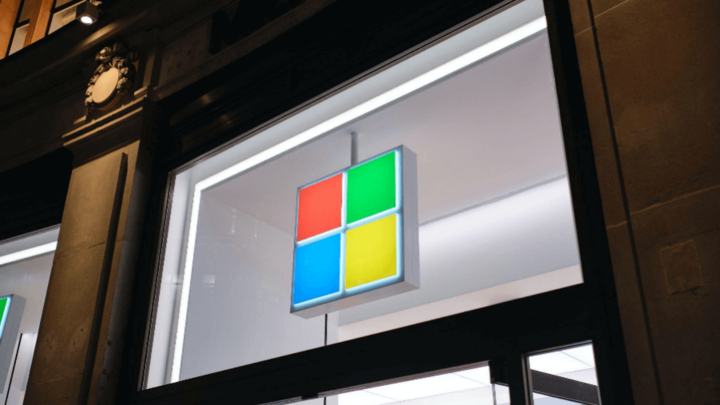
Google’s leading products in this market are Google Workspace and Google Cloud. Google Workspace is a subscription-based service with applications like Gmail, Docs, Sheets, Slides, Drive, Meet, Calendar, and Chat. It has a market share of 50.34% for office suite technologies as of February 2023. Google Cloud is Google’s cloud platform that offers a range of services for building and managing applications and data in the cloud. It has a market share of 11% for cloud services.
Both companies have strengths and weaknesses in this market. Microsoft has a strong legacy and customer base in productivity software and a diversified portfolio of cloud services. However, Microsoft faces challenges from Google’s innovation and simplicity in productivity software and its leadership in AI and machine learning in cloud computing.
Google has a strong legacy and customer base in web-based applications and a competitive edge in AI and machine learning in cloud computing. However, Google faces challenges from Microsoft’s dominance and familiarity in productivity software and its scale and reach in cloud computing.
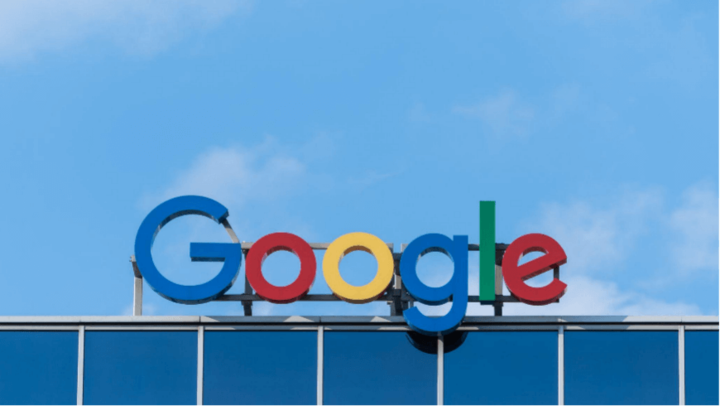
Both companies invest heavily in research and development, and acquisitions to gain an edge in this market. For example, Microsoft spent $24.51 billion on research and development in 2022 and acquired Fungible Communications for $190 million in January 2023. Google acquired the AI company, Alter for $100 million in 2022. Also, Google invested $300 million in AI startup Anthropic in late 2022, thereby getting a 10% stake in the company.
AI Wars
Google and Microsoft are investing heavily in artificial intelligence (AI) to gain an edge in various markets, such as search, cloud computing, productivity software, and online advertising. AI is the technology that enables machines to perform tasks that typically require human intelligence, such as understanding natural language, recognizing images, and making decisions.
With projects like Google Brain, Google DeepMind, and Google Bard, Google has pioneered AI research and development. Google Bard is a new chatbot that can answer questions and generate natural language responses based on billions of web pages. Google claims that Bard is the most advanced AI system ever built, capable of learning from any text and generating coherent and relevant answers.
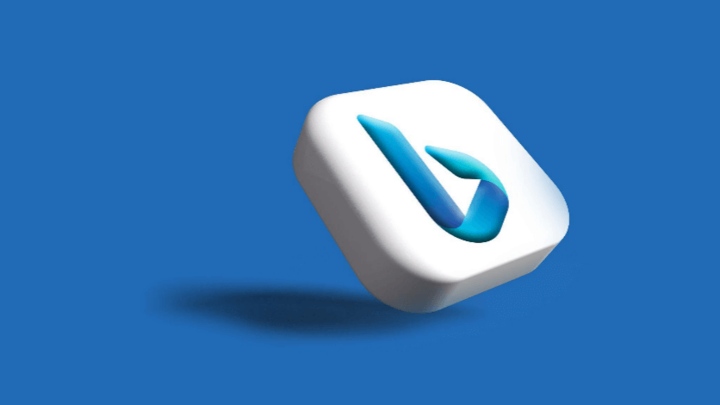
Microsoft is not far behind in the AI race, with its initiatives like Microsoft Research, Microsoft Cognitive Services, and Open AI’s ChatGPT. Open AI’s ChatGPT is a chatbot that uses a powerful neural network model called GPT-4, developed by OpenAI, a company where Microsoft invested $13 billion as of April 2023, with the company valuation increasing to $29 Billion. Open AI’s ChatGPT can also answer questions and generate natural language responses based on a large corpus of text, but it also has some advantages over Google Bard, such as being more customizable and adaptable to different domains and tasks.
Both companies use AI capabilities to enhance their existing products and services and create new ones. For example, Google uses AI to improve its search engine, cloud platform, productivity apps, and online advertising platforms. Microsoft uses AI to enhance its Bing search engine, Azure cloud platform, Office suite, and online advertising platforms. Both companies also use AI to create new products and services, such as AI-powered assistants, chatbots, healthcare solutions, and gaming experiences.
The AI wars between Google and Microsoft will likely intensify in the coming years as both companies seek to leverage their strengths and exploit their rivals’ weaknesses. The outcome of this battle will have significant implications for the future of technology, business, and society. As traders and investors, it is important to keep an eye on both companies’ AI innovations and developments, as they could create new opportunities and risks in the market.
Online Advertising Market Competition
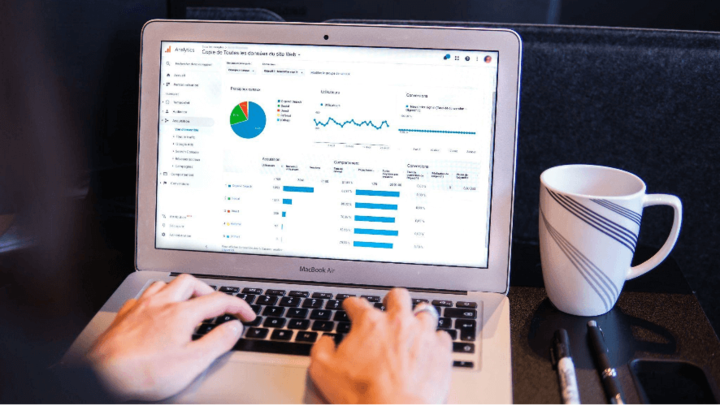
Google and Microsoft compete in the online advertising market, which is the market for displaying ads on websites, apps, videos, and other digital platforms. Online advertising is a major source of revenue for both companies and a way to promote their products and services.
Google’s main platform for online advertising is Google Ads, which allows advertisers to create and manage campaigns for search, display, video, and mobile advertising. Google also owns Google AdSense and Google AdMob, which allow publishers and app developers to monetize their content by displaying ads from Google’s network of advertisers. Google’s main video advertising product is YouTube, the world’s largest online video platform, which generates revenue from ads shown on its videos.
Microsoft’s main platform for online advertising is Microsoft Advertising, which allows advertisers to create and manage campaigns for search, display, and video advertising. Microsoft also owns Microsoft Audience Network, which allows publishers and app developers to monetize their content by displaying ads from Microsoft’s network of advertisers. Microsoft’s main video advertising product is MSN, a web portal that offers news and other content and generates revenue from ads shown on its videos.
Google has a clear advantage over Microsoft in the online advertising market. According to internet statistics, Google’s advertising services revenue amounted to $54.5 billion for the quarter ending March 31, 2023, accounting for 78% of its total revenue. Microsoft’s revenue from its advertising services was $3.7 billion in Q3 2023, accounting for 7% of its total revenue. Google’s global net digital ad revenue share was 27.5% in 2023, while Microsoft’s was 3%. YouTube had 2.6 billion monthly visits as of April 2023, while MSN had 655.2 million.
The impact of online advertising market share on the companies’ bottom lines is significant. Online advertising is a highly profitable business that generates both companies’ high margins and cash flows. It also enables them to cross-sell their other products and services, such as cloud computing, productivity software, and digital assistants. However, both companies also face challenges in this market, such as increasing competition from other players (such as Meta, Amazon, and TikTok), changing consumer preferences and behaviors (such as ad blocking, privacy concerns, and cord cutting), and regulatory scrutiny and antitrust actions (such as the EU’s fines, the US’s lawsuits, and China’s crackdown).
Three Options for Trading/Investing in MSFT and GOOGL/GOOG Stocks
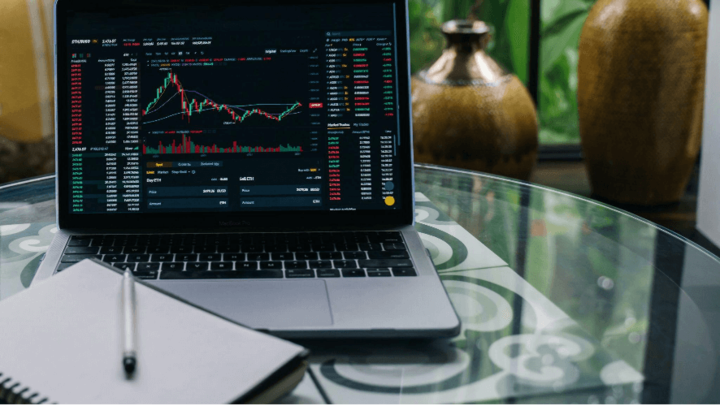
If you have an interest in trading or investing in Microsoft and Alphabet stocks, you have three main options: buying and holding shares, trading options, or trading contracts for difference (CFDs). Each option has benefits and risks, depending on your goals, risk tolerance, and time horizon.
Buy and Hold Shares
The simplest option is to buy and hold shares of MSFT and GOOGL/GOOG directly from the stock market. This option gives you the broadest and longest exposure to the performance of the companies, as well as the potential to receive dividends and capital gains. However, this option also requires a large initial investment and paying fees and taxes on your transactions. You must also monitor the market conditions and the companies' fundamentals to decide when to buy or sell your shares.
Options
Another option is to trade options on MSFT and GOOGL/GOOG stocks. Options are contracts that give you the right, but not the obligation, to buy or sell a certain amount of shares at a specified price and time. Options allow you to make leveraged directional bets on the price movements of the stocks, hedge your existing positions or generate income. However, options are also complex and risky instruments that can expire worthless or result in significant losses. You also need to pay fees and commissions on your trades and understand the factors that affect the value of options, such as volatility, time decay, and dividends.
Contract for Difference (CFDs)
A third option is to trade contracts for difference (CFDs) on MSFT and GOOGL/GOOG stocks. CFDs are derivatives that allow you to speculate on the price changes of the stocks without owning them. CFDs facilitate nimble trading from either the long or short side and offer leverage and low fees. However, CFDs are also highly risky instruments that can magnify your losses and profits. You also need to pay overnight charges on your positions and deal with price slippage and market gaps.
One of the benefits of trading CFDs is that you can trade with a reliable and regulated broker like VSTAR. VSTAR is a global online trading platform that offers CFDs on over 1000 markets, including currencies, stocks, indices, commodities, and cryptocurrencies.
Why Trade MSFT and GOOGL/GOOG Stocks CFDs with VSTAR?
VSTAR is a global regulated and secure trading platform that offers CFDs on various markets, including MSFT and GOOGL/GOOG stocks. With VSTAR, you can enjoy low fees, fast execution, a user-friendly app, a small deposit, negative balance protection, popular markets, and a demo account. VSTAR helps you trade CFDs with confidence and convenience.
Combination of Long Shares, Options, and CFDs
Consider trading MSFT and GOOGL/GOOG stocks by blending share holdings, options, and
CFDs. Owning shares gives sustained, broad exposure to the companies’ performance. Options, which offer leveraged predictions with capped risk, and CFDs, allowing quick trading on both sides with minimal cost and ample liquidity, can diversify your portfolio. Your strategies should mirror your objectives, willingness to take risks, and investment timeline. Paying attention to each company’s core metrics and trends can help spot possible shifts. For instance, MSFT’s anticipated positive earnings could signal a buy for call options, while bearish indicators on the GOOGL/GOOG chart might suggest selling CFDs.
Key Opportunities and Risks in the Battle

Microsoft and Alphabet face opportunities and risks in their battle for dominance in key markets. Here are some of them:
Opportunities
● Cloud, AI, and apps promise growth potential for both companies as they offer innovative solutions for various industries and consumers. However, there is uncertainty about who will emerge as the long-term winners in these markets, as fierce competition and technology constantly evolve.
● Microsoft and Alphabet can leverage their existing strengths and customer bases to cross-sell their products and services and create synergies and efficiencies across their portfolios.
● Microsoft and Alphabet can also explore new markets and opportunities by acquiring or partnering with other players, such as startups, niche providers, or emerging regions.
Risks
● Regulatory scrutiny: Regulators and lawmakers may curb their market power, anticompetitive practices, tax avoidance, and social impact with fines, lawsuits, investigations, or breakups.
● Culture issues with deals: Acquisitions may bring culture clashes, integration challenges, or talent retention issues that could hamper their performance or innovation.
● Over-diversification confusing strategy: Diversification into various businesses and segments may cause strategic confusion, resource allocation problems, or cannibalization effects that could dilute their focus or value proposition.
● Data/privacy concerns damaging trust and brand: Data collection and analysis may face backlash from users, customers, and regulators worried about their data privacy and security. Data breaches, lawsuits, fines, or reputation damage could erode their trust and brand equity.
Which is the Better Investment or Trade?

Microsoft and Alphabet are attractive options for investors and traders who want to benefit from the growth and innovation in the tech industry. However, depending on your time horizon and risk appetite, you may prefer one over the other. Here are some factors to consider:
Long-Term Prospects
● AI, automation, and digital transformation are key trends that will shape the future of business and society. Both companies are well-positioned to capitalize on these trends, as they have strong capabilities and investments in AI research and development, cloud computing, productivity software, and other emerging technologies.
● However, some uncertainties and challenges could affect their long-term performance, such as regulatory risks, competitive pressures, market saturation, or technological disruption. Both companies will need to constantly innovate and adapt to changing customer needs and preferences and comply with ethical and social standards.
● In terms of valuation, both companies are trading at high multiples compared to their historical averages and the broader market. As of May 13, 2023, Microsoft had a trailing 12-month price-to-earnings (P/E) ratio of 33.36, while Alphabet had a P/E ratio of 26.05. The S&P 500 index had a P/E ratio of 22.23. This means that both companies get priced for high growth expectations, which could make them vulnerable to earnings disappointments or market corrections.
Short-Term Trading
● For short-term traders who want to take advantage of the price fluctuations of MSFT and GOOGL/GOOG stocks, there are several factors to watch out for. These include competitive dynamics and price action, which reflect the relative strengths and weaknesses of the companies in their respective markets, as well as their market sentiment and momentum.
● Traders can also take positions based on short-term drivers or events, such as earnings reports, product launches, acquisitions, partnerships, lawsuits, or regulatory actions. These drivers or events can significantly impact stock prices in the short term, creating opportunities for profits or losses.
● Traders should also be flexible and agile in shifting their allocations based on their gains or losses and the momentum changes they observe. They should also use appropriate risk management tools, such as stop-loss orders, limit orders, or hedging strategies, to protect their capital and lock in their profits.
Key Takeaways for Traders
● Microsoft and Alphabet are leading tech companies offering attractive opportunities for investors and traders who want to benefit from the growth and innovation in the tech industry.
● However, depending on your time horizon and risk appetite, you may prefer one or use different methods, such as buying and holding shares, trading options, or trading CFDs.
● You should also be aware of the opportunities and risks involved in each method and the factors that affect the stock prices of both companies, such as their fundamentals, technicals, drivers, events, and market conditions.
● You should also use a reliable and regulated broker like VSTAR to trade CFDs on MSFT and GOOGL/GOOG stocks, as it offers low fees, deep liquidity, global regulation, a user-friendly app, minimum deposit, negative balance protection, popular markets, and demo account.
Conclusion
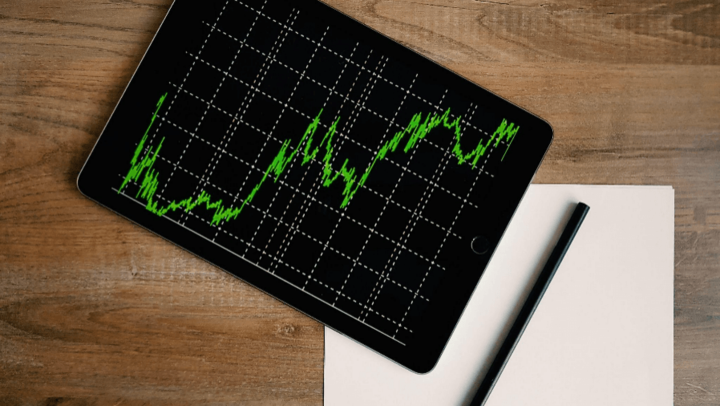
Microsoft and Alphabet are tech giants that compete in key markets such as search, cloud, AI, and online advertising. Both have strong capabilities and revenues but also face challenges and uncertainties. Investors and traders can choose different options to trade their stocks, such as shares, options, or CFDs.
CFDs are contracts that allow you to speculate on the price movements of the underlying assets without owning them. CFDs have benefits and risks, depending on your goals, risk tolerance, and time horizon. You should also consider the factors that affect the stock prices of both companies.
